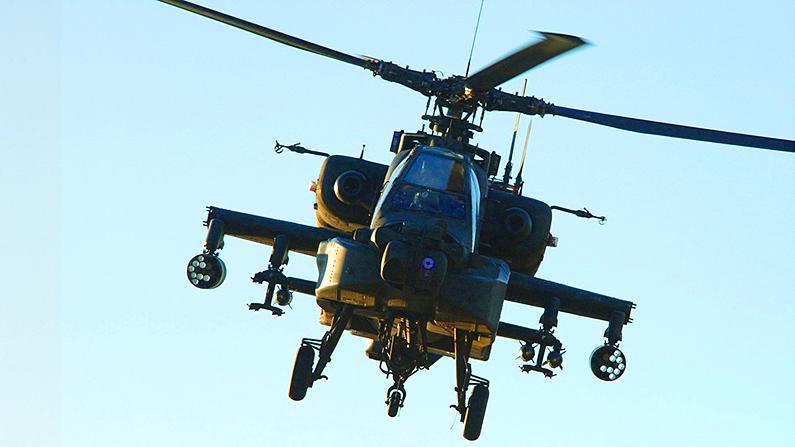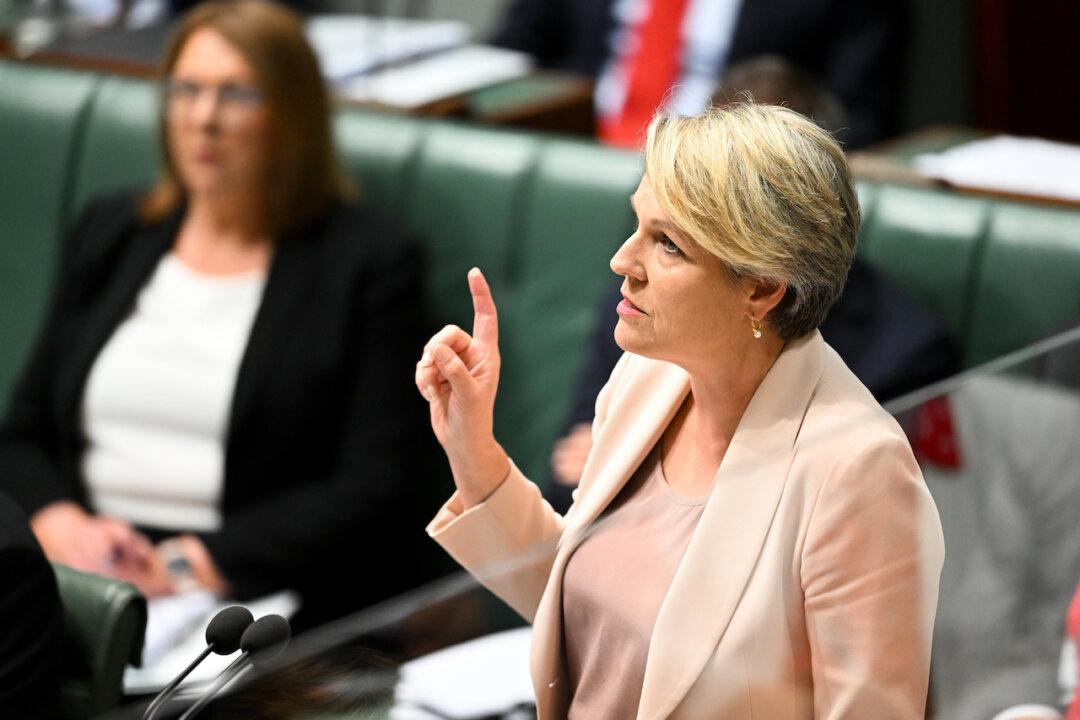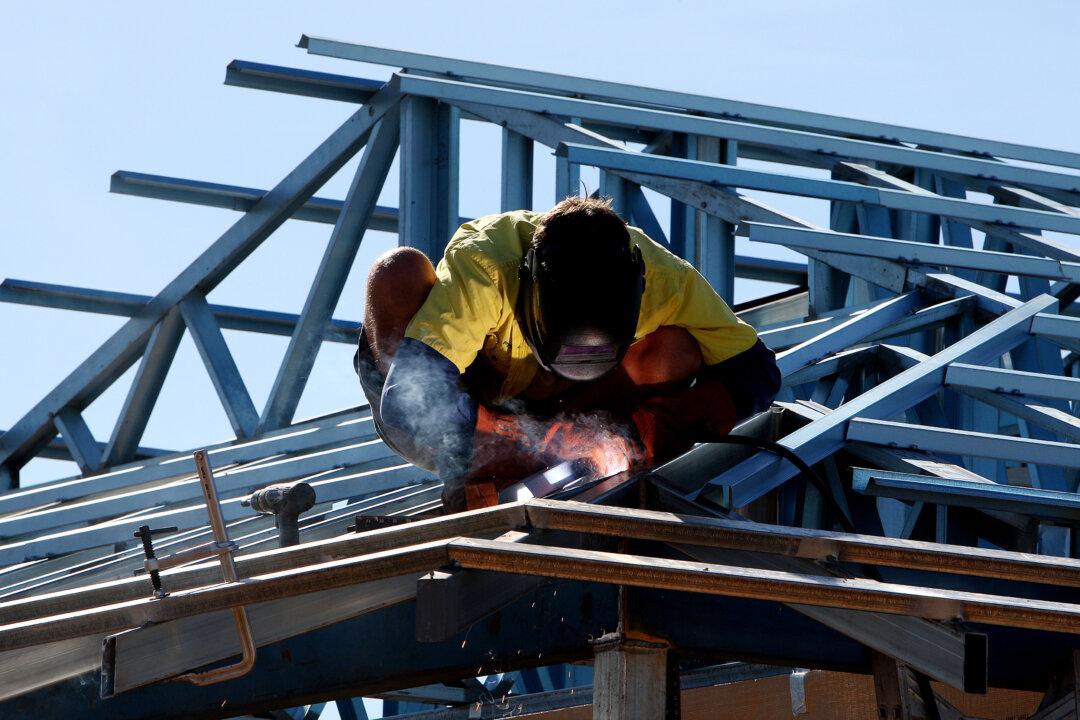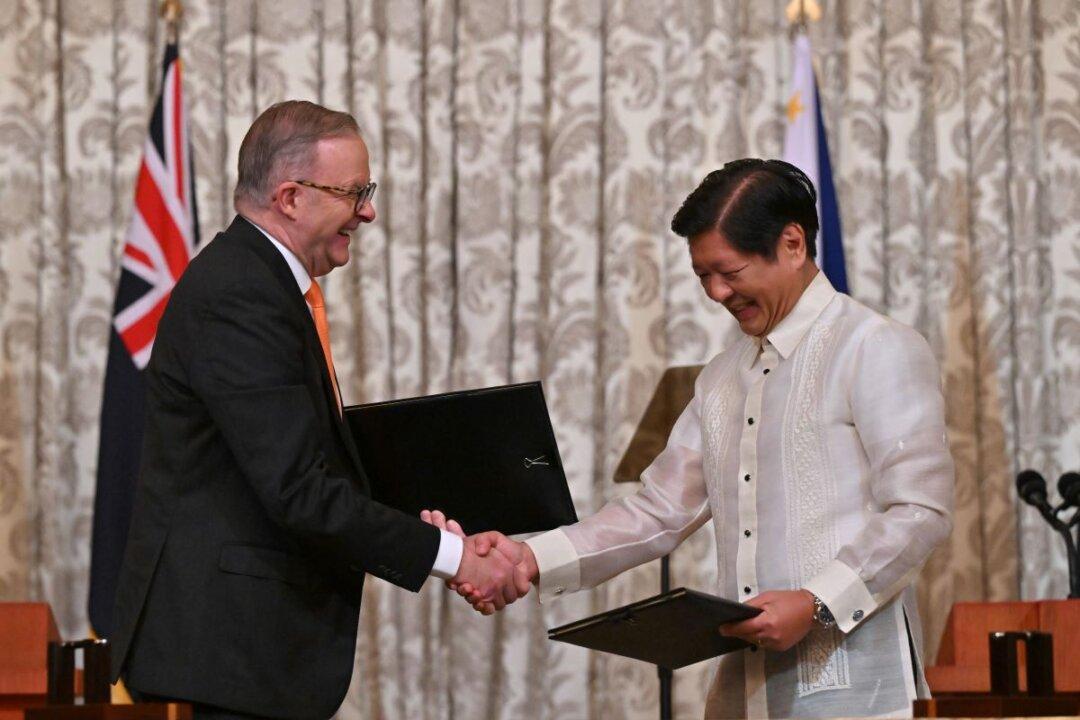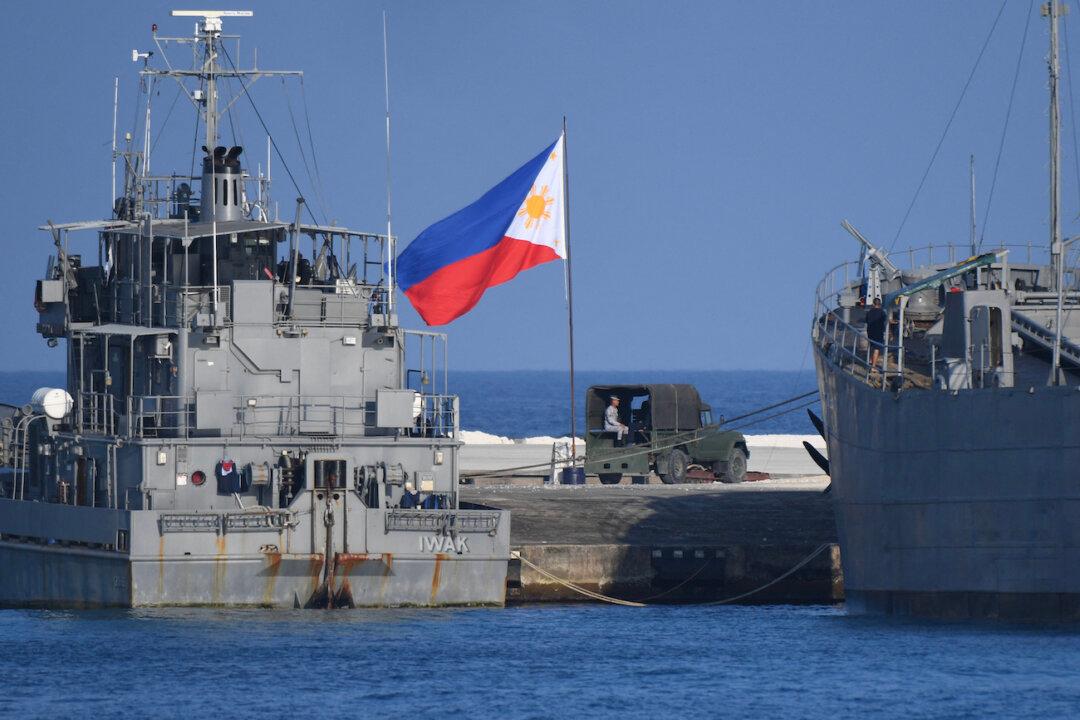The Australian army will replace its troubled Tiger helicopter fleet with the more reliable American-made Boeing Apache Guardian helicopters after a report revealed that design flaws and reliability issues plagued the Airbus-made Tigers.
Defence Minister Linda Reynolds said on Jan. 15 that the AH-64 Apache helicopters would strengthen Australia’s armed reconnaissance force and allow Australia to shape its strategic environment better and deter threats.
